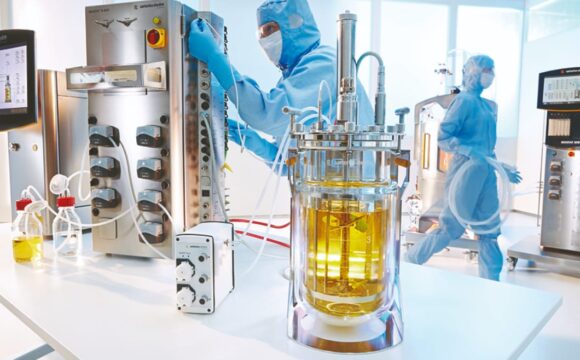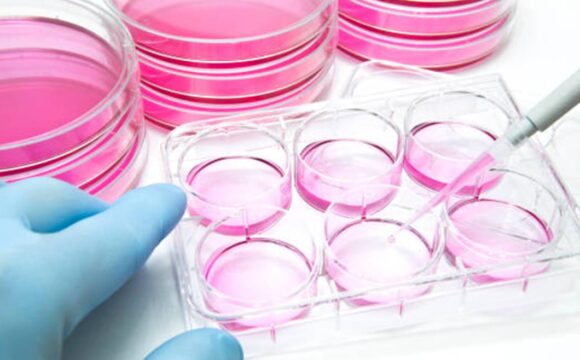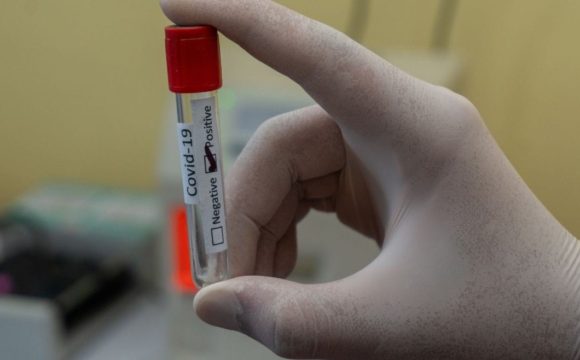As governments throughout the world implement measures to stop the spread of COVID-19, it’s only reasonable to consider how well we can protect ourselves against the many viruses and illnesses to which we may be exposed. What can hospitals do at a time when public meetings are being prohibited throughout the world and people are being advised to restrict their foreign travel? What precautions are being anchored on the premise that individuals who are currently suffering from another illness do not get a new virus or infection?
Other diseases and outbreaks produced by other microbes still persist, notwithstanding the problems of the present pandemic caused by severe acute respiratory syndrome-coronavirus-2 (SARS-CoV-2). Because all medical attention and research efforts are currently concentrated on combating COVID-19, other viruses or bacteria may have more possibilities to grow and develop than previously thought. Such opportunistic pathogens that cause nosocomial infections was the focus of a study conducted by Kamal A Qureshi and colleagues from Saudi Arabia. So, what are nosocomial infections?
Nosocomial infections can be determined as a subset of infectious diseases that an individual acquire in a healthcare facility. It is also known as hospital-acquired infections or healthcare-associated infections (HAI). The infection is usually not present at the time of admission, rather develops at least 48 hours post-admission. Nosocomial infections can occur in several areas of health care facilities including hospitals, ambulatory settings, long-term care facilities, and after the discharge as well. When pathogen/s invade the body of a vulnerable patient host, infection ensues. Invasive treatments including surgery, indwelling medical equipment, and prosthetic devices are all linked to these infections in modern healthcare facilities. The primary cause of HAI is determined by the source or kind of infection as well as the pathogen responsible.

These infections are majorly caused by MDR (multi-drug resistant) pathogens such as Staphylococcus aureus (vancomycin-resistant), Staphylococcus aureus (Methicillin-resistant), Enterococci (vancomycin-resistant), Acinetobacter baumannii, Klebsiella pneumonia, Pseudomonas aeruginosa, Escherichia coli, and Enterobacter spp. These are considered among the leading causes of death among patients in hospitals. It has become crucial to cure such antibiotic-resistant infections as it poses an alarming situation for public healthcare. To deal with these life-threatening illnesses produced by MDR bacteria, new antimicrobial drugs must be discovered. One of the ways to counter these types of pathogens is by using their survival strategy against fellow microbes to sustain themselves within an environment. What happens is when the space and nutrients are limited in a natural ecosystem, microorganisms compete with one another for their survival and as a result, they develop a variety of tactics for thriving in that surrounding, one of which is the creation of antimicrobial compounds.
One of the groups of bacteria that are well-known for producing an extensive range of industrially valuable and medically significant compounds is Actinomycetes. Among which Streptomyces, a significant actinomycetes genus, is one that is considered commercially invaluable and medically significant for producing several bioactive compounds such as herbicidal, anticancer, antibiotics, insecticidal agents, and antiviral.
A study was reported by Kamal A. Qureshi (PhD Scholar, Inventis University, Bareli, 2021) where he, along with Avinash D. Bholay, Pankaj K. Rai, Hamdoon A. Mohammed, Riaz A. Khan, Faizul Azam, Mariusz Jaremko, Abdul-Hamid Emwas, Piotr Stefanowicz, Mateusz Waliczek, Monika Kijewska, Ehab A. Ragab, Medhat Rehan, Gamal O. Elhassan, Md Jamir Anwar & Dinesh K. Prajapati, isolated novel antibiotic-producing actinomycetes from the mangrove sediment samples of Jubail, Saudi Arabia. They identified and subjected the isolated actinomycetes (Streptomyces smyrnaeus UKAQ_23 and UKAQ_23) to an antimicrobial screening. Along with it, the strains were also subjected to fermentation for the isolation, purification, and structure elucidation of antibiotics produced by the strains. They also conducted an in-silico molecular docking of the antibiotics against several antimicrobial target proteins. Lastly, a thorough intermolecular interaction analysis was carried out with binding energies and docking feasibility of the strain.

From their study, it was concluded that the strain S. smyrnaeus (UKAQ_23) showed potential antimicrobial activities and was utilized for antibiotic production. Further Kamal A. Qureshi et al, reported that it can be utilized as an opulent source and has the potential to work as an alternative source of actinomycin in Pharmaceutical industries.

Antibiotic-resistant microorganisms are becoming more common, reducing the potency and therapeutic effectiveness of presently offered medicines. This emphasizes the critical need for novel antibiotics with a wide range of antimicrobial action to treat nosocomial infections resistant to currently available antibiotics. According to several types of research and data, terrestrial actinomycetes remain the most potential candidate for finding novel bioactive chemicals that are effective against a wide spectrum of pathogenic bacteria. In the search for bioactive compounds, the isolation of physiologically active molecules from terrestrial actinomycetes is still a hot topic among scientists. However, along with the ongoing research studies, infection control and preventive techniques that incorporate automated no-touch technologies like hydrogen peroxide vapour, UV-C light, manual cleaning, etc are best believed to enhance the results and lower the nosocomial infection rates.
References:
- https://www.nature.com/articles/s41598-021-93285-7
- https://www.ncbi.nlm.nih.gov/books/NBK559312/
- https://www.healthline.com/health/hospital-acquired-nosocomial-infections










